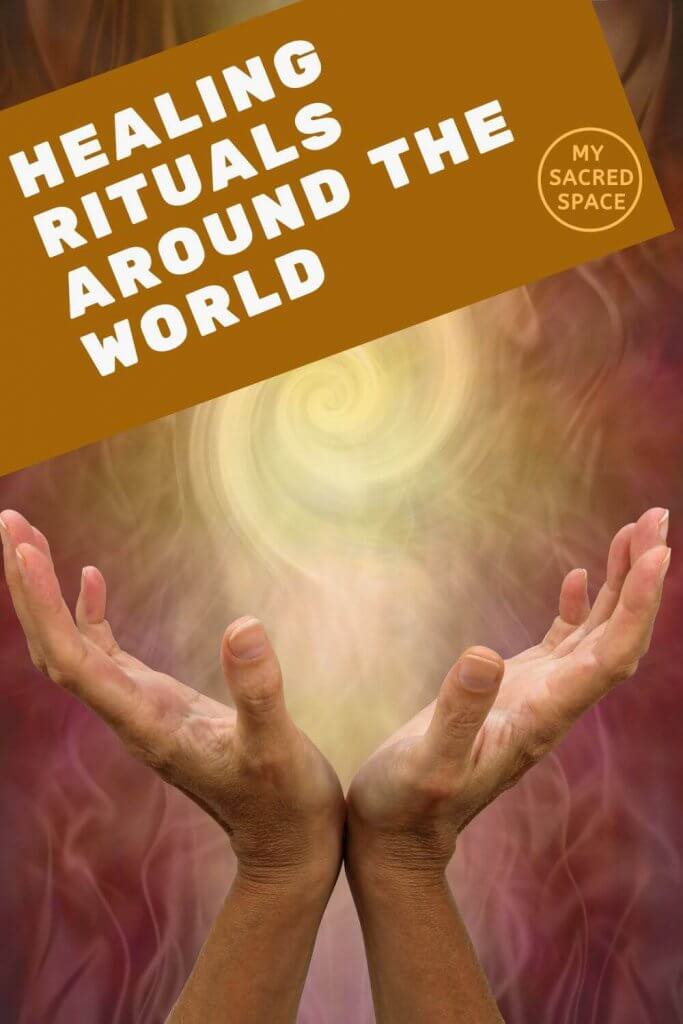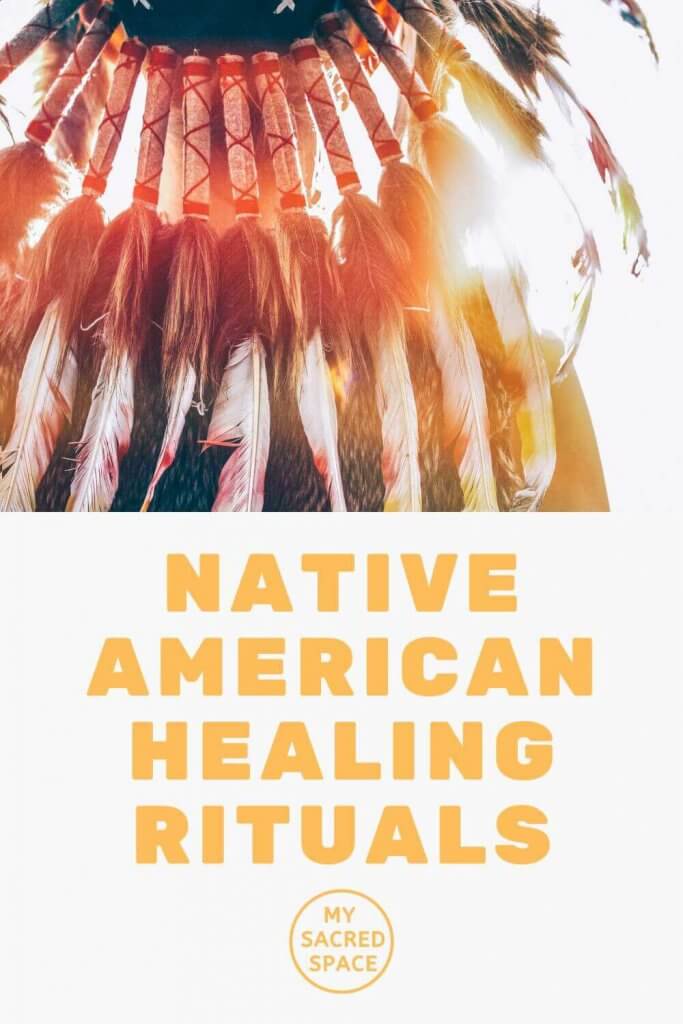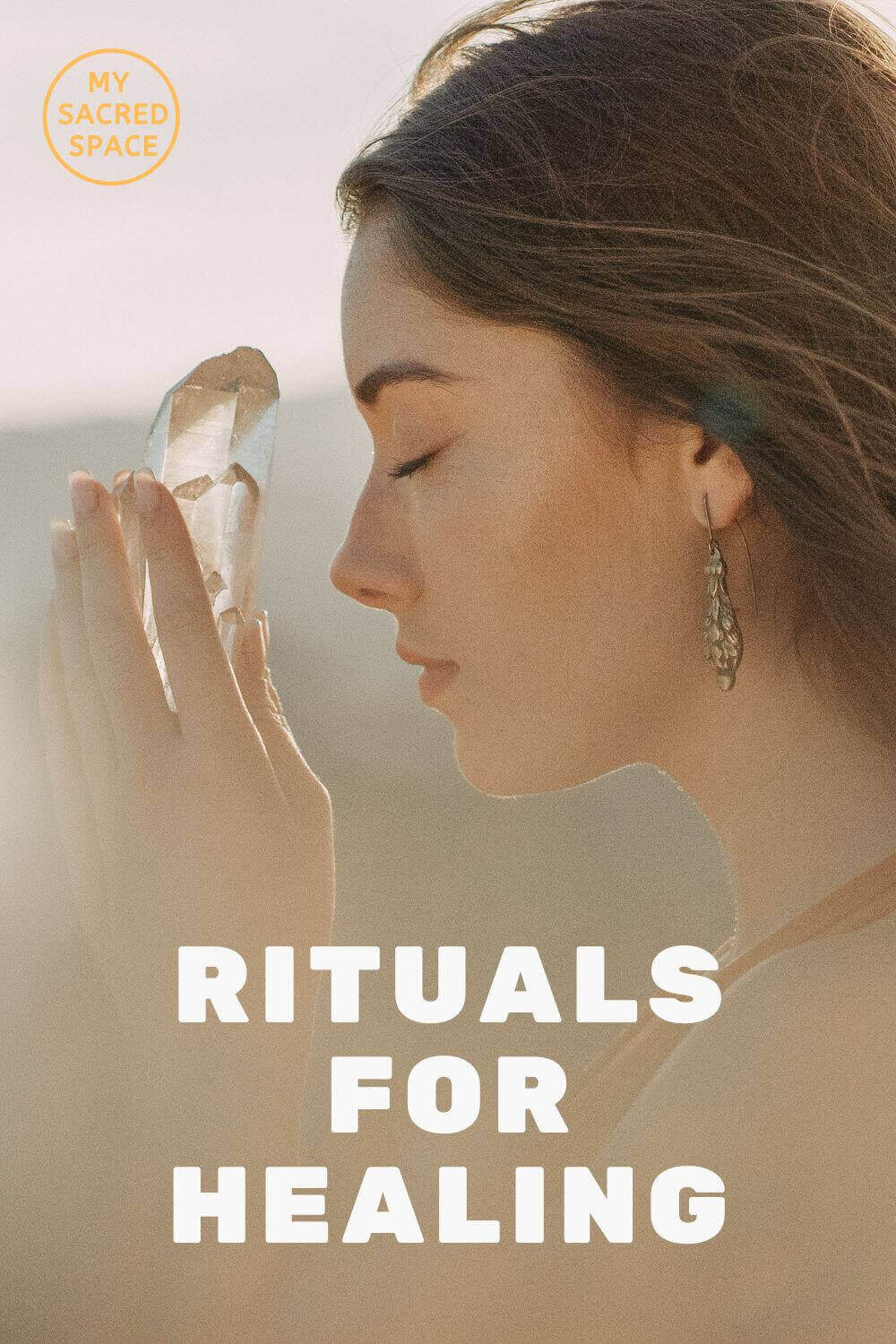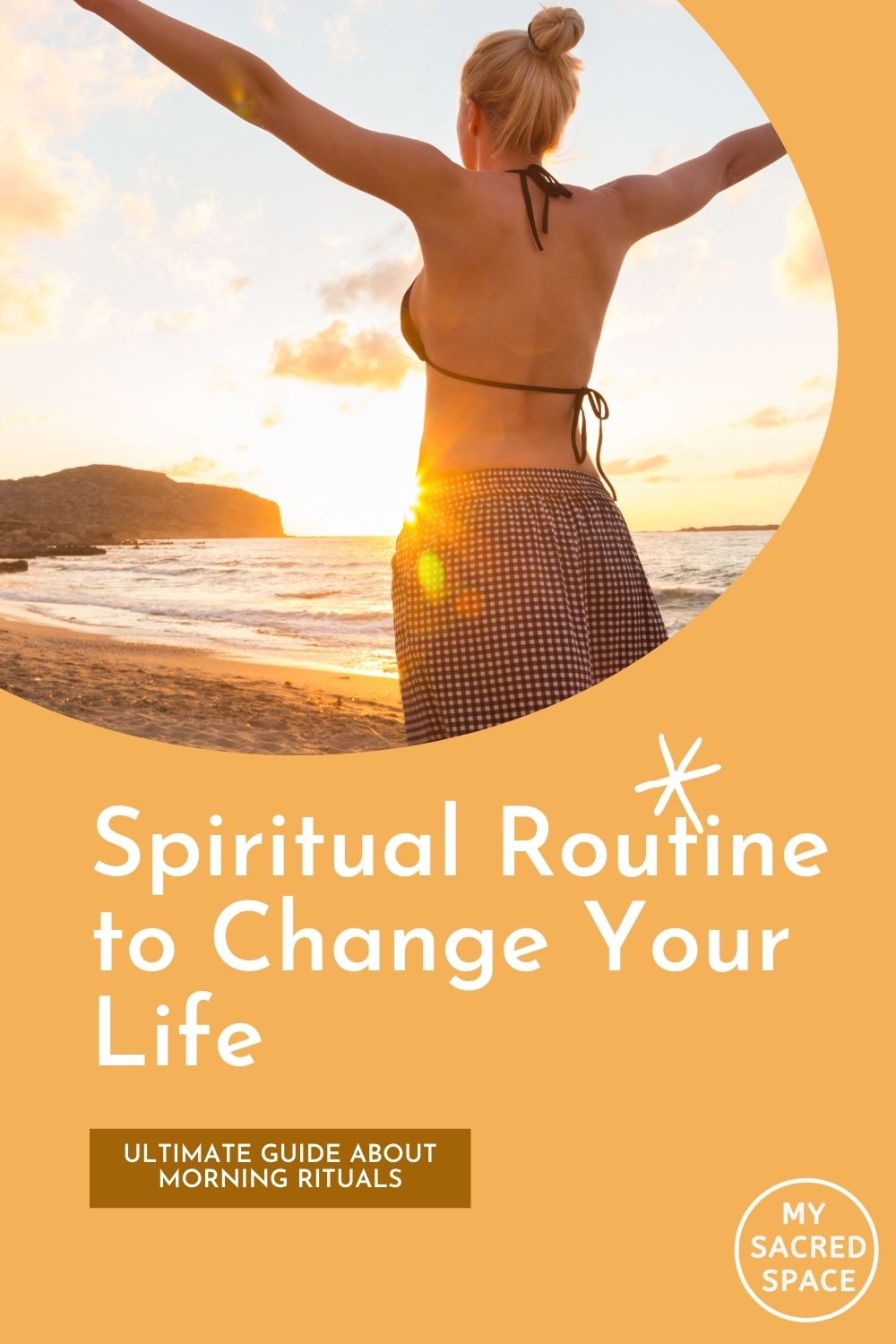Healing rituals can help anyone improve mentally, physically, emotionally, and spiritually. However, various countries and cultures worldwide may have different healing practices.
If you are disturbed or sick and want to heal yourself, then knowing about all these rituals may help you to find the one that suits you best to solve your problems. I am writing this article after doing extensive research on numerous healing practices.
First, I will talk about healing practices in different countries, then other cultures, and finally, I will list some of my favorite places for natural healing.
Sounds good? Then let’s start!
Healing rituals around the world
People from different countries around the world follow various healing rituals. These rituals are connected to their religion, beliefs, ancestors’ practices, traditions, etc.
Let’s have a look at some of the healing rituals around the world:
Healing rituals in the Philippines
The Philippines has a lot of traditional healing rituals. In addition, people of different groups or cultures in the country may perform various rituals.
These rituals focus on improving one’s mental, physical, and spiritual self. Let’s have a look at a few of the popular Filipino healing rituals:
- Subada (Hilot/Ablon): A manghihilot or mangablon performs a subada healing ritual in the Philippines. The ritual involves massaging one’s veins, muscles, ligaments, and bones to treat skeletal misalignment and energy imbalance. It is similar to physical therapy or osteopathy, chiropractic, or acupressure.
- Herbalism: Approximately 1,500 plants in the Philippines have medicinal properties. Filipino practitioners called “albularyo” use these plants with prayers, mysticism, and incantation to heal people. However, albularyo usually uses only around 16 plants for the ritual. The use of these plants can be both internal and external.
- Sahuma (Mangtatawas): In Sahuma healing rituals, the healer places tawas (alum), kemenyan (incense), candles from burial, and a blessed palm in a container with burning charcoal in front of the sick person. Then he does some gestures and prayers silently to heal the patient. The image formation in alum will determine if something disturbs the patient or not.
- Tuob: Slightly less popular, but Tuob is still an efficient healing ritual in the Philippines. Here the healer covers the patient with a blanket and instructs them to sit in a heated jar. Then the healer will recite some healing mantras and may use essential oils to heal the person.
Tibetan healing ritual
The Tibetan healers believe every sickness has three dimensions: physical body, mind, and spirit. Therefore, it is essential to treat all three dimensions to eliminate the root of the disease and heal completely.
Healing chod is a popular healing ritual in Tibet that helps you eliminate sickness and promotes spiritual growth.
Buddhists focus on eliminating negative emotions, one of the biggest reasons behind human sickness. Tibetan rituals are another form of emotional healing rituals.

Japanese healing practices
Reiki is the most popular healing ritual in Japan. It is a pseudoscience practice where the healer practices a “palm-healing” technique. The healer encourages physical and emotional healing by transferring the “universal energy” through his palms.
Besides, Johrei is another widespread Japanese energy healing practice that purifies your spiritual self. The healer points light towards the patient’s body through his palm or an O-Hikari (sacred focal point) for healing.
Traditional healing practices in India
India is a place of numerous healing practices, but the traditional Ayurveda is the most popular healing ritual that people from different countries follow.
Ayurveda healing is a holistic treatment which means it treats the whole body. The process starts with healing internal purification and continues with a special diet, herbal medicines, yoga, meditation, and massage therapy.
Ayurvedic treatment promotes good health rather than fighting the disease. It brings balance between mind, body, and spirit.
Vietnamese healing practices
Thuốc Nam is the most famous Vietnamese healing practice, which uses Traditional Vietnamese Medicine (TVM). It involves both herbal and non-herbal preparations.
Many Vietnamese indigenous herbs are chopped or ground and consumed for TVM to heal someone. Besides bloodletting, cupping, wind snatching, wind scraping, and finger pressure are some non-herbal TVM practices.
Jamaican healing practices
People in Jamaican society use Folk Medicine for healing purposes. It mainly uses various medicinal plants for treatment. You can read “Jamaican Folk Medicine: A Source of Healing” by Arvilla Payne & Mervyn Alleyne to learn more about Jamaican healing practices.
Hawaiian healing practices
Hawaiian healing practices consist of:
- Lomilomi – Massage therapy
- La‘au lapa‘au – Herbal medicine
- Laau Kahea – Spiritual healing; &
- Ho’oponopono – Conflict resolution/Family therapy
Depending on your area of suffering, you will receive different treatments from the Hawaiian healer.
Australian bush medicine
Australian bush medicine refers to a traditional way of using plants to heal physical and spiritual self. It is native to Australian indigenous people.
Australian bush medicine generally uses various medicinal plants’ bark, leaves, or seeds, including native Australian flora and fauna.
Healing practices in different cultures

Taking care of our physical, mental, and spiritual health should always be our top priority. We may go through various traumatic experiences, but there is always scope to heal and improve.
Apart from the country’s healing rituals, people from different cultures may also have their practices. Let’s have a look at some of the cultural healing practices:
African rituals for healing
African healers believe there is no difference between the spiritual and material realms. On the contrary, they think that all life is spirit, and these two worlds work together harmoniously.
Sangomas are the most popular healers in African tradition. They perform divination and specific rituals and may use herbal medicines to heal people mentally, physically, emotionally, and spiritually.
Ancient healing traditions
Ancient cultures believed in maintaining a balance between body, mind, and soul for healing. Therefore, they followed various methods to heal someone.
However, according to the department of health (DOH) website, massage therapy is the most ancient form of healing practice. It involves uniquely massaging different body parts to release stress, tension, disease, or anything else that makes you sick.
Besides, burning incense, waving cups, ingesting herbs, blowing healing scents in the crowd, and meditation are some of the oldest healing rituals. Indian Ayurveda is also considered one of the most ancient healing practices I have discussed above.
New moon rituals for healing
The new moon is the perfect time for healing practices in many cultures, especially among witches. In addition, it is the time when the energy surrounding the moon is at a good potential.
You can perform the following rituals for physical, mental, and spiritual healing during the new moon:
- Set your goals
- Do a ritual bath
- Try to meditate
- Go out on long walks
- Stay close to the nature
- Deep breathing
- Light candles, etc.
Native American healing rituals

Different tribes in Native American cultures follow various healing rituals. Some of the popular Native American healing rituals are:
- Performing smudging
- Take guidance from spirit animals or totems
- Using dreamcatchers
- Sweat lodge purification ritual
- Wearing healing amulets or talismans
- Using sacred objects (feathers, seashells, bones, etc.)
Aboriginal healing practices
Aboriginals may perform different holistic healing rituals to treat a sick person. Smoking ceremonies, bush medicines, and sweating are some popular forms of aboriginal healing practices. Some of the rituals are performed solely, while others are in groups.
Sufi healing practices
Sufi healing practices involve purification of ego-self, heart, mind, soul, and secret or spirit. In general, Sufism focuses on the spiritual aspect of healing that results in the purification and recovery of all other beings of the human body.
There is a tradition of Sufi music being used in hospitals for healing. You can check here our other article around what is Sufi Music and its purpose.
Healing places around the world
Natural healing can be the best form of healing practice. But you may not receive the full healing energy everywhere.
Are you looking for some places where you can revive yourself?
Here are some of the favorite healing places around the world for natural healing:
- The Healing Forests, Japan
- Mount Shasta, California
- Varanasi, India
- Blue Lagoon, Iceland
- Medicinal Mayan Gardens, Belize
- The Dead Sea, Jordan & Israel
- Ubud, Bali
Conclusion
I believe that we all have the power to heal ourselves. However, these rituals for healing are only a few ways to harness our strength to get better. I hope you heal by following these practices and enjoy your life to the fullest.
Below is a Pinterest friendly photo…. so you can pin it to your Rituals Board!





